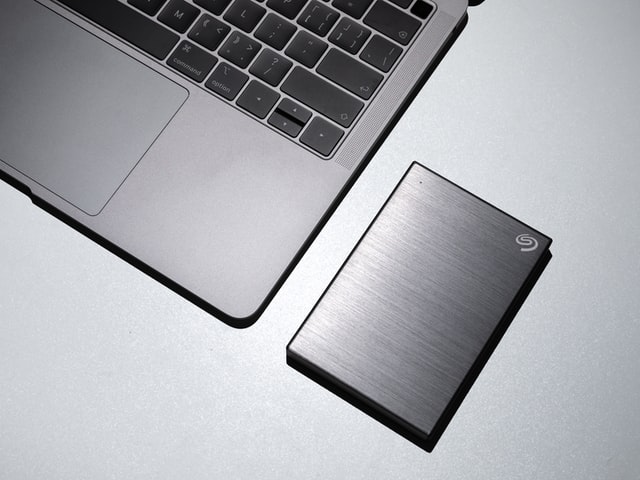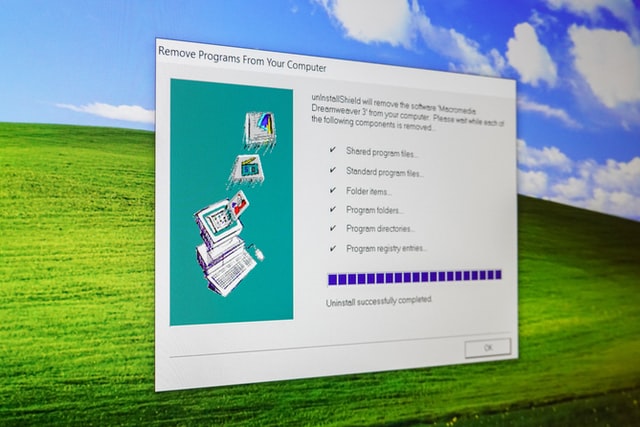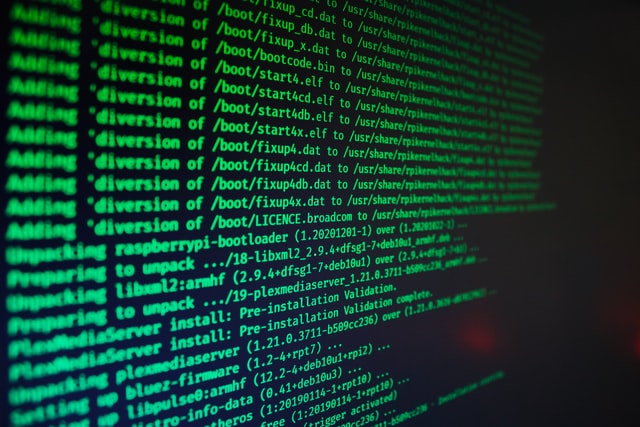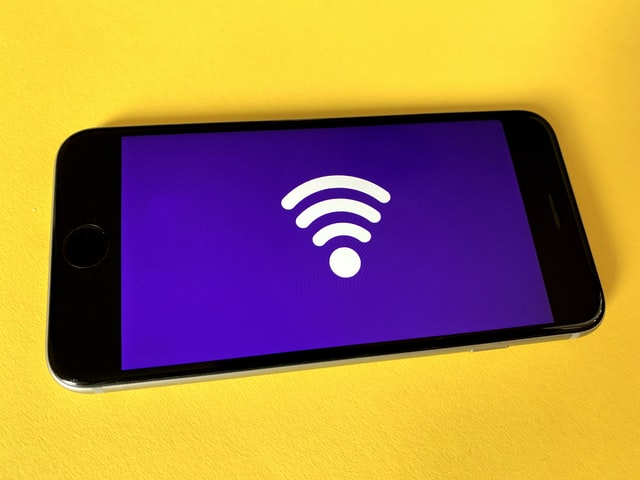What to Do When Your Computer Crashes
Can your computer always crash every time you try to install a program or open something new? If yes, then your PC has become infected with viruses or malware.
Every now and then, our computers seem to freeze up whenever we perform a specific task, such as opening a file, installing a driver, or even playing games. This happens because of various reasons. From hardware malfunctions to software issues, there are many causes behind these problems.
“Your computer might always crash.”
We’ve all experienced those moments when our devices start freezing or crashing. We’ll sometimes be able to open up a browser and access the Internet, but we probably won’t be able to open programs or files. In some cases, we can even hear loud noises coming from the speakers, USB ports, and other components within the device.
What You Should Do When Your Computer Crashes
Sometimes, it’s not just one component that freezes; instead, every single part will shut down. What should you do in this case?
1. Move Your Files Regularly
You could use an external hard drive to copy or move important files off your PC before the power goes out completely. You also need to make sure that your data is backed up regularly on another device. For more information about how to back up your data, check out How to Back Up Your Computer Data visit casino en ligne.

If your computer crashes often without warning, chances are you have a virus or malware infection. Fortunately, this problem can easily be fixed if you know what caused it. The first step is to find out exactly which program or application caused the problem by using System Restore.
2. Make Use of System Restore
System Restore helps users recover their system settings and other information so they can restore everything to its original state. System Restore can solve most common issues, including registry errors, faulty drivers, and outdated software. However, restoring a previous setup can only fix minor problems. If you’re experiencing serious issues, such as non-bootable devices, corrupted system files or folders, missing operating systems, and broken applications, you may want to contact our support team for assistance.
3. Update Drivers and Software
Although Windows automatically installs updates, it doesn’t necessarily update all of them. Some people who experience frequent crashes don’t remember updating any new drivers or software. Therefore, it’s best to run a free program called Driver Easy prior to starting a clean installation of Windows 10.
4. Remove Unwanted Programs
If you don’t use your antivirus app or another security tool, chances are some apps are running in the background that shouldn’t be installed. Before reinstalling Windows, remove them and then restart your machine.

Conclusion
In conclusion, it’s advisable to back up your data periodically, keep system files updated, clear unnecessary programs, and prevent unwanted features from being added to your PC. Doing so ensures that your devices remain stable and secure at all times.


